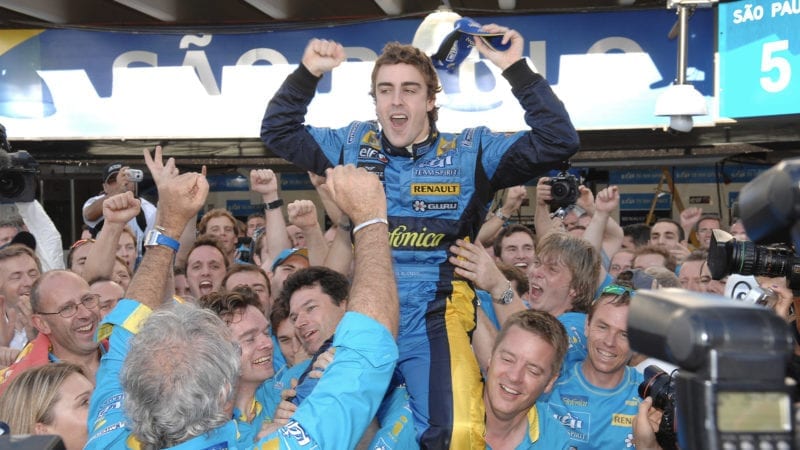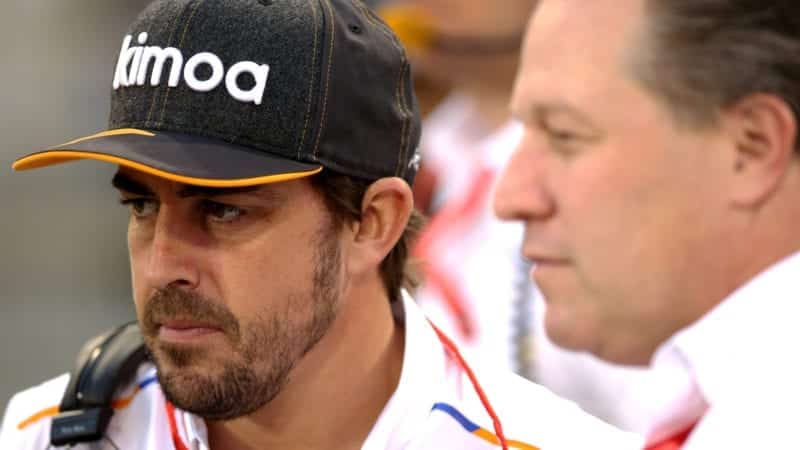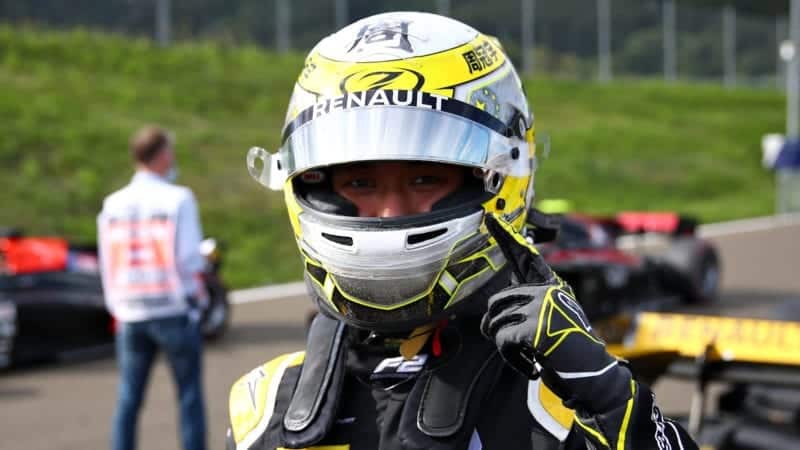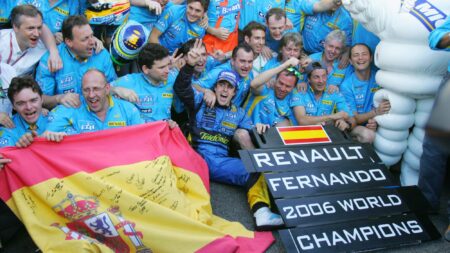So why turn down Alonso for drivers that have yet to prove they’re ready for F1, just because they might be further down the line?
Don’t forget it’s Daniel Ricciardo that Alonso is replacing, as well. The team has already invested in youth in the form of Esteban Ocon, and the Frenchman will be with Renault next season. It’s the older, more established driver that needed finding.
I don’t buy the argument that Ocon doesn’t count as Renault promoting a young driver because he’s a Mercedes asset, either. That doesn’t matter. What matters is the best talent at the time gets the seat, so I’d much rather see Ocon in there over one of the Renault youngsters if the latter was being chosen just to justify the academy’s existence.
Renault also helps youth through its Formula Renault categories, and has plenty more talents coming through the ranks such as 2019 Formula Renault Eurocup champion Oscar Piastri, who won on his debut in the Formula 3 championship on Saturday.
I’m all for giving young drivers a chance. It’s so exciting watching people like Charles Leclerc, Alex Albon, George Russell and Norris coming into F1 and excelling. But almost all of them stepped up with huge reputations that made them impossible to ignore.
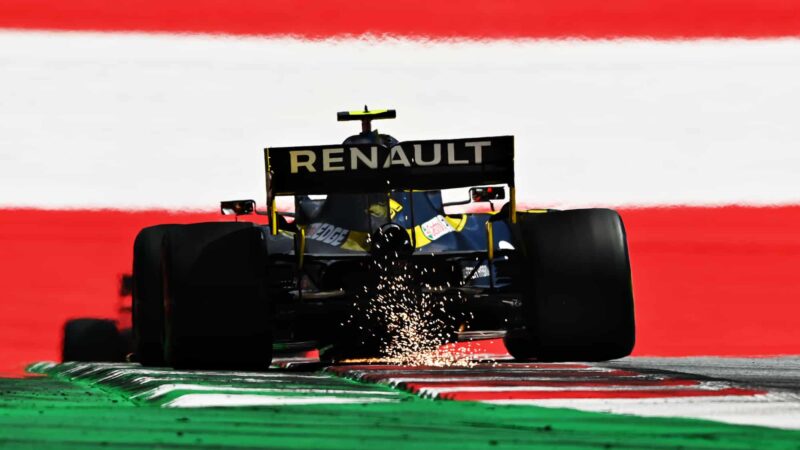
Will Alonso’s return steady the Renault ship or will the team buckle from expectations?
Clive Mason – Formula 1/Formula 1 via Getty Images
We were almost spoiled by that crop of talent coming through all at once, and for various reasons, there isn’t one waiting in the wings that exists right now.
Renault has aspirations of winning races and championships in future, and 2022 is the first realistic opportunity for that. There isn’t a young driver that Renault is overlooking as a realistic option who would be any more capable of doing so than Alonso.
The only question mark will be how Alonso will react if Renault struggles massively next year or the year after. The years out might have given him a fresh perspective and renewed energy, or it might leave him even more desperate for success. But then it’s not like he has been snatched from a race-winning car to return to Enstone, so the ‘what might have been’ aspect isn’t there. And it might be a blessing in disguise for a young driver that they are not subjected to that environment if it were to go that way.
Love him or loathe him, whatever happens, it’s going to be compelling viewing. And that’s exactly why it’s the right move for Renault, and for F1.
